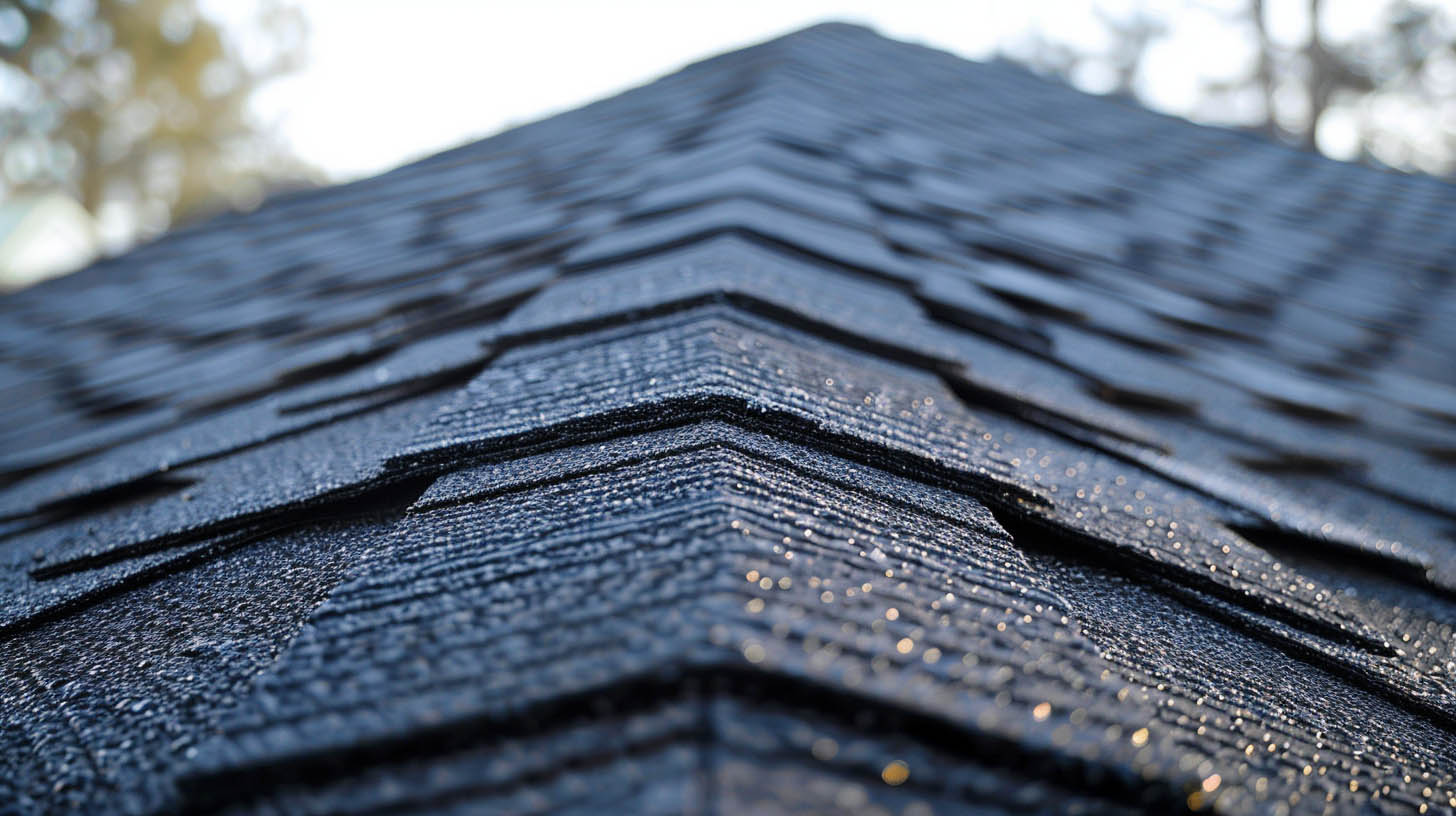Proper flashing is essential for the longevity and effectiveness of any roofing system, particularly asphalt shingle roofs. This comprehensive guide will explore the best flashing types to use, ensuring that your home remains protected from water intrusion and structural damage.
Key Types of Flashing for Asphalt Shingle Roofs
Pipe Flashings
Pipe flashings are critical as they seal around vents and pipes that penetrate the roof. Traditional materials often include a combination of stainless steel and rubber, but the rubber can degrade over time due to weather exposure. We recommend all-metal flashings for their durability and aesthetic appeal, which can be painted to match your roofing for a seamless look.
Valley Metal
Valleys, where two roof planes meet, are inherently vulnerable to leaks. Installing high-quality valley metal can prevent water accumulation and ensure that these potential entry points for water are well protected. Options include concealed valley metal, which is ideal for lighter shingles, and exposed valley metal that should be painted to complement the roof’s color, especially when using heavier shingles.
Drip Edge Flashing
Drip edge flashing is crucial around the perimeter of your roof to prevent water from seeping under the shingles and causing damage to the underlying decking. It's important to use a type that extends at least two inches back onto the roof deck, such as the 'D' style or 2"x2" 'G' metal, ensuring that all water is effectively directed away from the fascia and into the gutters.
Step Flashing
Step flashing is used where a roof meets a vertical wall. Each shingle should have its own piece of step flashing to prevent water from entering the home. Contrary to some practices, using one piece of flashing per two shingles does not meet code standards and can lead to leaks. We use 4"x4" step flashings, exceeding code requirements, to provide optimal protection.
Apron Flashing
Apron flashing protects the junction between a roof slope and a vertical wall above, such as where a dormer connects to the roof. Proper installation involves laying the flashing in roof cement to create a waterproof barrier, and fasteners should be concealed to maintain a clean aesthetic.
Counter-Flashing
Used primarily around chimneys and similar structures, counter-flashing serves as an additional layer over base flashings to prevent water from entering at these critical junctions. We recommend replacing any old or damaged counter-flashing when re-roofing to ensure the integrity of the roof’s waterproofing.
Installation and Quality Considerations
Proper installation of flashings is just as important as the materials used. Summit Exteriors, based in Coeur d'Alene, ID, emphasizes the importance of professional installation techniques that comply with the latest building codes and manufacturer specifications. Our team ensures that every flashing component is installed with precision, catering to the unique challenges presented by each home’s architecture.
Ensuring Longevity and Aesthetics
Choosing the right types of flashing and ensuring they are installed correctly are crucial to the roof’s longevity. Flashings should not only function well but also enhance the overall appearance of the roof. Painted flashings that match the shingles can integrate seamlessly with the rest of the roof, contributing to both performance and curb appeal.
Conclusion
Selecting the appropriate flashing types and ensuring their correct installation are fundamental to securing a roof that will stand the test of time. With Summit Exteriors, homeowners receive expert guidance and execution in roofing installations, ensuring that every component, from shingles to flashings, is of the highest quality and installed to exceed industry standards. By focusing on both functionality and aesthetics, we ensure that your roof is a durable and attractive asset to your home.



